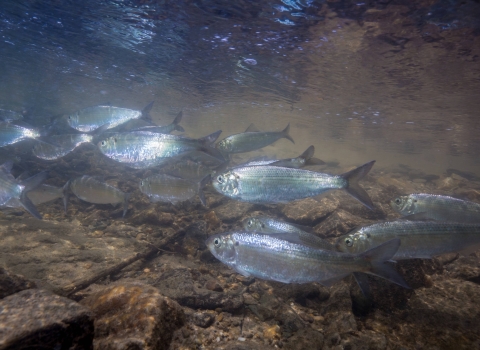Find a National Fish Passage Program project in your neighborhood.
This geospatial data set, produced by the U.S. Fish and Wildlife Service in collaboration with partners, shows projects funded under the Bipartisan Infrastructure Law Bipartisan Infrastructure Law
The Bipartisan Infrastructure Law (BIL) is a once-in-a-generation investment in the nation’s infrastructure and economic competitiveness. We were directly appropriated $455 million over five years in BIL funds for programs related to the President’s America the Beautiful initiative.
Learn more about Bipartisan Infrastructure Law . Project points contain project information compiled by partners receiving funding. Project data points include project specific information such as geographic location, funding amount, project descriptions, partner information, and links to project websites.
What is a barrier? A barrier is anything that prevents or reduces the ability of aquatic species to move where needed to survive and complete their life cycle. This includes physical barriers, such as dams, culverts, and levees, and environmental barriers such as excess sediment, poor water quality, and temperature or flow variations.
What are Multiple Barrier Projects? Multiple Barrier Projects include more than one barrier funded under one project. Some Multiple Barrier Projects have specified data to the scale of the individual barriers, others have not specified data beyond the project scale. Data will be updated as information becomes available.





